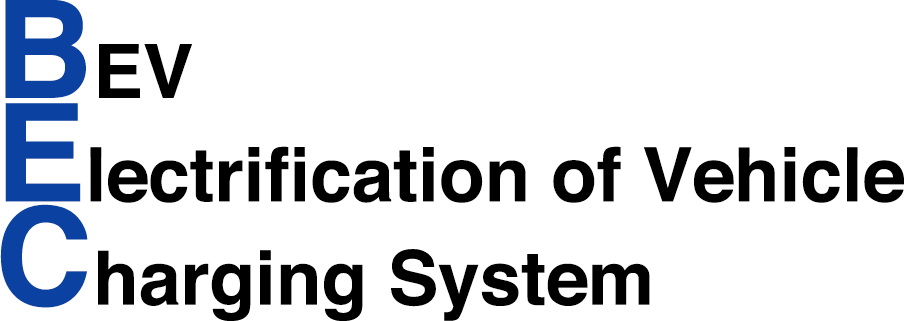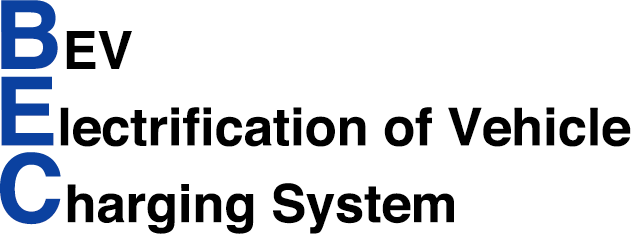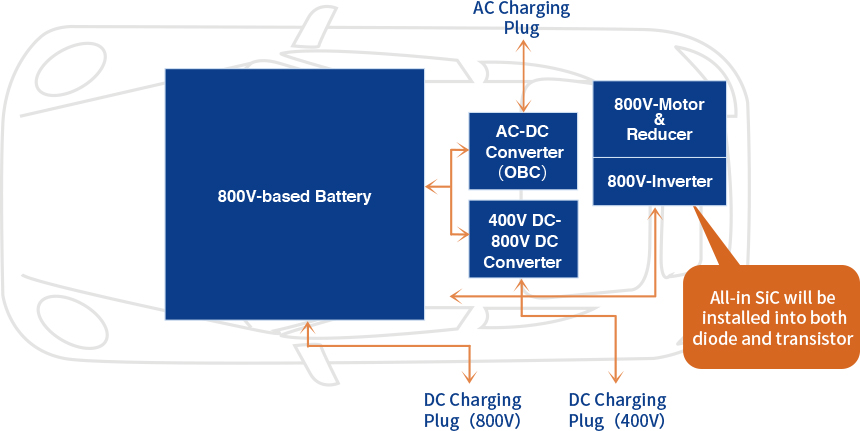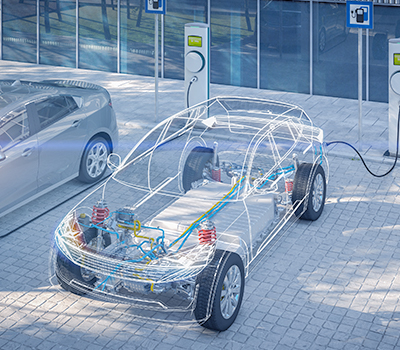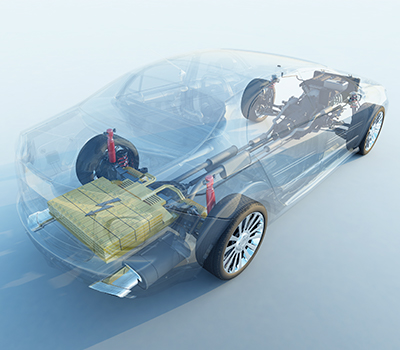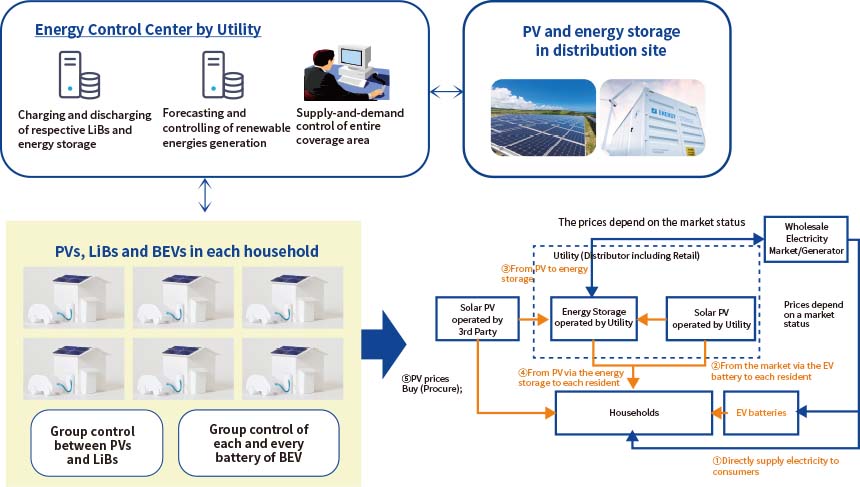In order to respond to these industrial trends of heightened voltage and modularization, the then countermeasures we used to implement on heat dissipation, water/air cooling, insulation, and EMI are drastically changing their approaches; and these days, energy efficiency is being measured from cross-domain system perspectives, not from monolithic component perspectives. The trend shows that SiC-based power semiconductors, which cost much more than existing Si-IGBT, are being installed not only to diodes and OBC but also to transistors, DC-DC converters and converter modules. Making good use of the characteristics of SiC, including its thermal resistance, high voltage durability and compactness, taking an approach of designing the entire system from a holistic point of view by downsizing cooling levels and some passive component areas is being standardized. This kind of holistic system designing brings benefits to not just only powertrain but also to other BEV domains.
The good combination of SiC, 800V-DC charging, and the high-voltage-based drivetrain of BEV promotes the acceleration of higher energy efficiency and shorter charging time.


